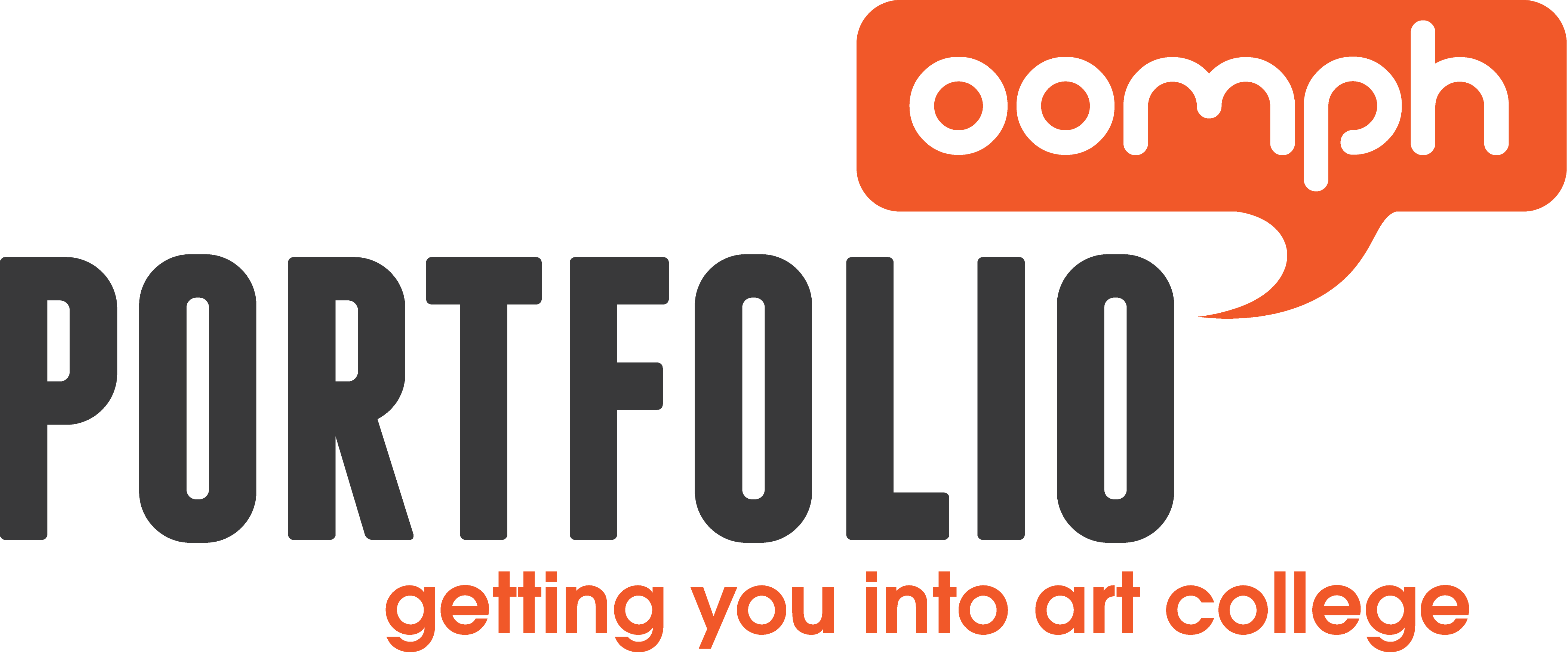21 Mar Life drawing – or not?
Life drawing or not, that is the question?! You might be wondering what to put in an art portfolio for success.
I feel compelled to write this blog post as we’ve been running a portfolio preparation workshop which included life drawing classes in Haddington for school pupils applying to art college. This is a great opportunity for students as it is a thorough academic session in developing and strengthening looking and recording skills. This is relevant to any art or design project to varying degrees. We had a range of abilities in the class, some having not done life drawing at all before but others had done a fair bit and were very talented in this area.
The way that we’ve designed the course was 12 weeks of life drawing and then a further 10 weeks of sketchbook development. However, the feeling I got from the students and the teachers is that it’s really the life drawing that is important to them.
All students progressed really well throughout the weeks and have a good body of life drawing to put into their portfolio. One student produced many superb life drawings, technically very accurate and the use of materials and sensitivity to the subject and materials was amazing.
Aside from this I had very little idea what was in the rest of any of the student’s portfolio as this was being done at school with their teachers.
This particular student had applied to GSA, ECA, DJCAD and Grays School of Art. If you know about GSA and ECA they require a digital portfolio to be submitted as the ‘first round’ if you like, before you being your portfolio to be viewed if successful. However, despite the excellent life drawing, this student didn’t get through this digital portfolio selection at ECA.
Now, without any feedback from the college it’s hard to know exactly why this was. However, it’s really important to do your research and find out about this kind of thing – first question – is life drawing encouraged and wanted at your college of choice? If the answer is ‘I don’t know’ then firstly, find out. You can do this at Open Day or actually contact them, speak to current students there etc. etc. If they are not that bothered whether you have life drawing in your portfolio or not then only do it if it relates to what you are doing in the main body of your work. If your main ideas in your folio include figures, the body, the human form in some way then I would go to a life drawing class. But if your work is way off this and you are just doing life drawing as a way to demonstrate your amazing skills in the area then just limit how much you put into your folio.
Next up comes the subject of sketchbooks and showing your ideas and development. Having looked at this student’s digital portfolio submission my opinion is that there was very limited evidence of research, development and critical judgement. Most of the folio centered around the final outcomes (see illustration below showing the creative process).
I cannot stress how important these stages are. In our Sketchbook development workshops and eCourse we follow a line of inquiry that allows you ‘play’ with your ideas / your subject in a way that does not focus on what the outcome will be. We use various methods to encourage this exploration in an open ended manner, using materials and techniques that are possibly unfamiliar to allow you to find new ways and new outcomes.
So, my point to this blog post is really that however good you are at observational drawing, replicating what it is you see in front of you and that can be life drawing, still life drawing, landscape drawing etc. there is still the absolute need to show ideas, how your interests are being explored and developed into resolved pieces. This is usually done in your sketchbook however some might be done on sheets of paper and then mounted.
If you can’t show your ideas then how can the colleges assess your potential? And it’s your potential that they are interested in as that is what they will be working with you on to explore.
If you’ve found this blog post interesting and want to learn more about what to put in an art portfolio then please take a look at our eBook ‘Creating a sensational portfolio’ and our eCourse ‘Sketchbook development’.
Sketchbook development
The course (Ideas and sketchbook development) was unlike anything I’d studies in school which was refreshing and very inspring. It inspired me to look at things differently, develop ideas and expand my sketchbook techniques. Hannah Cowcher


No Comments